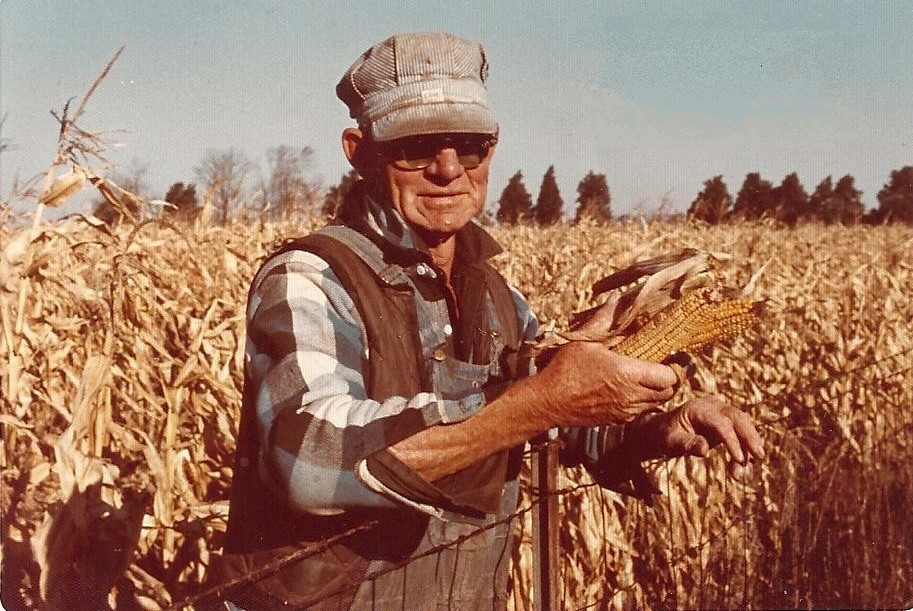Exciting Study
 What excited Sarah Horgen the most is according to her,”It’s pretty exciting-partially because the mammoth is being discovered where it died. And we know that because we’re finding very large bones right alongside very small bones and the bones discovered could be 100,000 years old or more.”
What excited Sarah Horgen the most is according to her,”It’s pretty exciting-partially because the mammoth is being discovered where it died. And we know that because we’re finding very large bones right alongside very small bones and the bones discovered could be 100,000 years old or more.”
The Details
 Holmes Semken, a retired paleontologist and professor emeritus at the University of Iowa’s Department of Geoscience told, “The femur is about 4 feet long. The ribs of the diaphragm that move when you breathe are 2 and half feet each. The ribs that connect to the breast bone are 4 feet. You could use one for a walking cane.”
Holmes Semken, a retired paleontologist and professor emeritus at the University of Iowa’s Department of Geoscience told, “The femur is about 4 feet long. The ribs of the diaphragm that move when you breathe are 2 and half feet each. The ribs that connect to the breast bone are 4 feet. You could use one for a walking cane.”
Uncovering Continues
 So far, a lot of bones of the mammoth have been unearthed, but the team believes that there could still be more that could be discovered. Semken added, “We don’t know how widely scattered the bones are,” but the team is willing to dig for “as long as it takes.”
So far, a lot of bones of the mammoth have been unearthed, but the team believes that there could still be more that could be discovered. Semken added, “We don’t know how widely scattered the bones are,” but the team is willing to dig for “as long as it takes.”
What Next?
 The question now is, that what will happen to the bones of the mammoth after they have all been dug up? “The bones really belong to the land owner,” said Semken in an interview. “Our agreement with him is we get the science.”
The question now is, that what will happen to the bones of the mammoth after they have all been dug up? “The bones really belong to the land owner,” said Semken in an interview. “Our agreement with him is we get the science.”
John’s Plan
 When asked about what he would do of the treasure that he has just found, John said, “Build another room off the side of the home and put it together?” What better way would there be for him to actually give way to his archeological interests?
When asked about what he would do of the treasure that he has just found, John said, “Build another room off the side of the home and put it together?” What better way would there be for him to actually give way to his archeological interests?
The Collection
 Amid his coffee table, showpieces and television in the living area, John now has a collection of enormous woolly mammoth fossils. These woolly mammoths were hairy relatives of African elephants, roughly 13 feet tall and very broad and muscular.
Amid his coffee table, showpieces and television in the living area, John now has a collection of enormous woolly mammoth fossils. These woolly mammoths were hairy relatives of African elephants, roughly 13 feet tall and very broad and muscular.
